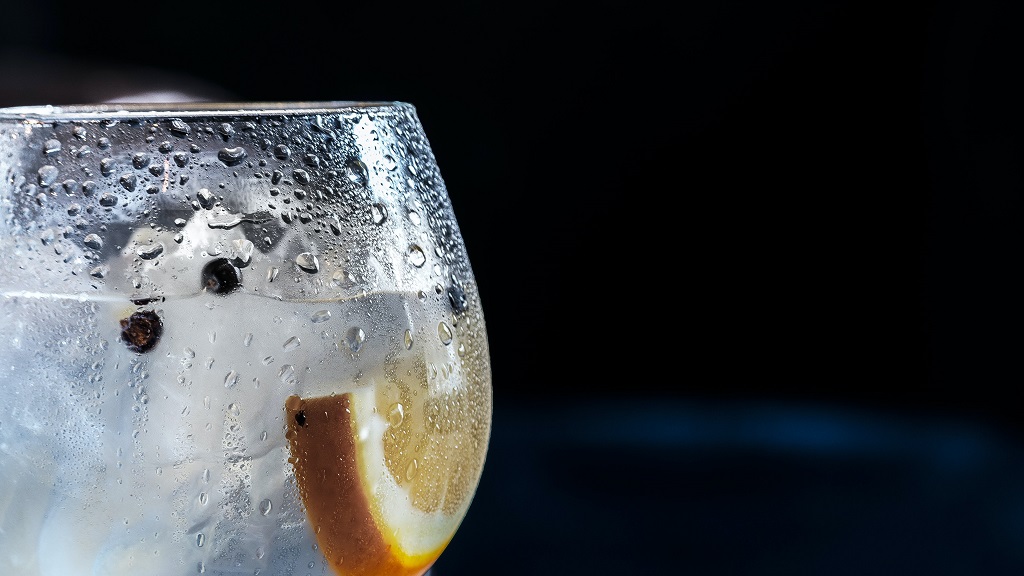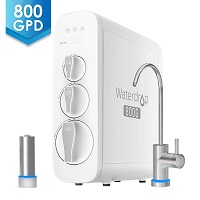Physical health is fast becoming a top priority for modern people. But water plays an essential role in nature and the maintenance of human life and our health by extension. Distilled water is most people’s preferred option, except that there is limited knowledge about the subject matter in the public space.
This article attempts to bridge that knowledge gap by discussing all you need to know about distilled water, how it is different from purified water, and other important talking points.
What Is Distilled Water?
When you heat and boil water to vapor by distillation and leaving the steam to condense, what you have is distilled water. The contaminants in the water that do not boil beyond or below the water boiling point are retained in the original container while the distilled water is separated. Therefore, distilled water is a form of purified water.
What Are the Benefits of Drinking Distilled Water?
Drinking distilled water comes with multiple advantages. First, you can rest assured your distilled water is purer than the tap water. There are no harmful contaminants, usually in the form of herbicides, pesticides, and other complex chemicals. Distilled water is also free of potential biological contaminants, including bacteria and viruses.
Here are a few other benefits;
Distilled Water Helps Avoid Kidney Stones
Tap water calcifies the brain and the arteries. But that’s not all; it may lead to the formation of kidney stones, which are hard, crystalline masses. While kidney stones can come with severe pains, they are hardly life-threatening. In addition, the absence of minerals in distilled water means you will most likely not develop kidney stones when you drink it.
Distilled Water Enhances Physical Activities
Research has confirmed the presence of a lot of calcium carbonate in tap water or hard tap water. The calcium carbonate can calcify blood vessels or cause arteriosclerosis, with symptoms ranging from heart attack to stroke and high blood pressure.
Distilled Water Shields Your Teeth From Excess Fluoride
Fluoride is one of the components of hard water distillation removes. So, your teeth only get fluoride from the toothpaste instead of both the toothpaste and the water. Fluoride, when present in normal amounts, strengthen the teeth. However, when present in excess amounts, it causes fluorosis – teeth stained with brown spots. Research has also indicated a possible link between cancer and fluoride.
What Are the Potential Side Effects of Drinking Distilled Water?
As a form of purified water, distilled water contains no microorganisms or harmful substances. However, the filtration process also removes the potassium, magnesium, calcium, and other minerals that can benefit the body.
Distillation is ineffective in removing contaminants in water with low boiling points. Hence, harmful substances like algae, chlorides, synthetic compounds, and organic matter still persist in distilled water.
So, if you drink distilled water consistently, the body may lose minerals and electrolytes, leading to high blood pressure and heart-related issues. Foods cooked with distilled water also lose considerable nutritional value.
What Is the pH of Distilled Water?
Distillation is a purification process that produces distilled water free of most impurities. However, these impurities get vaporized alongside the water except salts and other solid solutes. Advanced distillation methods can remove the volatile solutes, ensuring the condensate doesn’t contain any solute. In that case, the pH is usually around 7 if you measure it right after the distillation. But this pH reading changes over time.
When air finds its way into the distilled water, there is the dissolution of carbon dioxide. Carbon dioxide in solution combines with water to produce carbonic acid, altering the pH of the deionized or distilled water to below 7.0 – as low as pH 5.5 in some cases.
Comparing Different Types of Water
Asides from distilled water, there are other types of water, including tap water, mineral water, and purified water.
Purified Water
Purified water is free of harmful substances like additives, inorganic salts, bacteria, and pollutants. The pH is weakly acidic, but the solubility is strong. As the name implies, purified water protects the body from the harm of water pollutants.
Despite its impressive features, it is not advisable to drink purified water for long. Purified water does not contain bacteria and other harmful substances. But it also lacks the necessary minerals the body requires to function effectively. The trace elements in purified water do not offer any nutritional value to the body.
Therefore, drinking purified water long-term may lead to poor growth in children and adults, physical weakness in adults, weak limbs in adults, and other health issues in the elderly.
Mineral Water
Mineral water comes from the underground water. It comes as natural water gushing from underground and can also be artificial. It is uncontaminated and contains varying amounts of carbon dioxide gas, trace elements, and mineral salts. The pH of most mineral waters is slightly alkaline.
The sodium content in some mineral water types may be high. If the body cannot expel the excess sodium, it may adversely affect it. The situation may aggravate health issues related to kidney and high blood pressure in some people.
It is strongly recommended not to boil mineral water for drinking. The magnesium and calcium content in mineral water are in an ionic state at room temperature. Therefore, absorption is faster and easier. Contrarily, boiled mineral water converts the magnesium, carbonate, and calcium to scale and precipitates out, depriving the body of the required nutrients.
Tap Water
The water supplied from the municipal water plant is tap water. Natural water is disinfected in line with the national drinking water standards to ensure suitability for drinking (when boiled) and other domestic uses, including washing.
Tap water comes from a few primary sources, including groundwater, lakes, and rivers. The municipal water plants draw the water using an industrial water pump, and the drawn water is disinfected and filtered. The end product is tap water that meets the national drinking water standards, which is then distributed to several homes via the distribution pump station.
How Can You Get Purified Water at Home?
There are several methods to get purified water at home, but using reverse osmosis systems is the best.
What is reverse osmosis?
Reverse osmosis (RO) refers to a water treatment technique where contaminants are removed from water by pressuring the water molecules through a semi-permeable membrane. The process essentially separates the contaminants from water.
You get an accuracy of 0.0001 micrometers out of any excellent RO filtration system. So, it effectively removes the most impurities in the tap water. It is effective against viruses, bacteria, chemicals, heavy metals, and TDS.
Waterdrop 800 GPD Tankless Reverse Osmosis System
The Waterdrop G3P800 tankless reverse osmosis system uses the reverse osmosis technique to eliminate bad taste and odor in your tap water. As a result, it consistently produces drinking water of improved quality and safety. The best part is you can get healthy drinking water straight from the water faucet.
It relies on a composite filter setup comprising three filters. The compact design helps save 50% more under sink space than the conventional water filter systems. In addition to the large 800 GPD filtration capacity, the water flow is faster, delivering clean drinking water without waiting.
This water filter system works effectively for brackish water desalination.
Conclusion
Drinking distilled water comes with many benefits, including avoiding all the harmful chemicals packed in tap water. In addition, distilled water protects the body from the dangers of kidney stones while enhancing physical functions. That said, you may be at considerable health risk if you drink distilled water for a long time. I really hope the information I've covered can inspire you to change your life by starting a new health regime.




